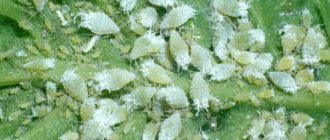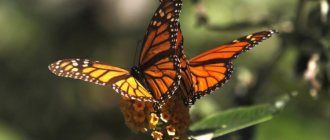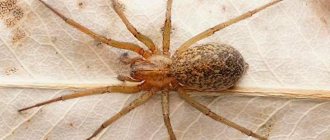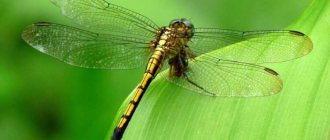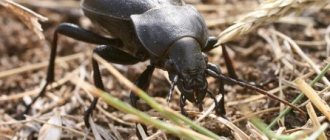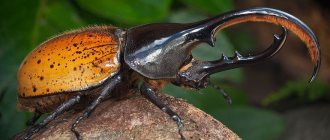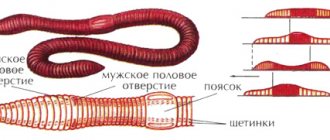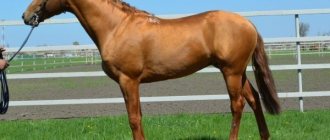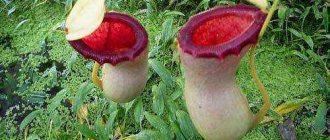Insects are a class of invertebrate arthropods that live almost anywhere on the globe, with the exception of the extreme Arctic and the tops of the highest mountains, forever covered with snow. Scientists say that where there are plants, especially flowering ones, you can always find at least one type of insect. It is almost impossible to count invertebrates of this class, but it is estimated that there are from 100 quadrillion to 10 quintillion of them on Earth. It’s hard to imagine such a number of individuals, but there really are so many insects.
Who are insects
The science of insects (entomology) and biology say that these representatives are the largest class of animals that inhabit the entire planet. Therefore, their habitat is diverse.
Blind
They can be found in the air, in forests, in water bodies, on the ground, in the desert, on ice and other surfaces. Each of them has its own distinctive features.
Brief description of the class
Despite the diversity of species, representatives of the class have a number of common characteristics.
| Characteristic | Peculiarities |
| Cover | External chitinous skeleton |
| Body parts | Head, chest, abdomen |
| Limbs | Three pairs of walking legs |
| Wings | They represent outgrowths of the body wall along the lateral edge of the dorsal sclerite. Wing muscles are missing |
| Habitats | All |
| Oral apparatus |
|
| Digestive system | Anterior, middle and posterior sections |
| Respiratory system | Tracheal system |
| Circulatory system | Unclosed. Two-chambered heart |
| Excretory system | Malpighian vessels and fat body |
| Nervous system | Periopharyngeal nerve ring and ventral nerve cord. Faceted vision. Organs of smell and touch - a pair of antennas |
| Reproductive system | Dioecious animals. Characterized by sexual dimorphism |
Among Insects there are herbivorous and parasitic forms, as well as predators. The type of nutrition depends on the structure of the oral apparatus.
Signs of insects
Many beginners are interested in the main characteristics of insects, how many legs they have and other parameters.
Weevil beetle
They differ from each other in external and internal structure. But they all have common characteristics:
- presence of 6 legs,
- the presence of notches on the body,
- presence of a head with a chest and abdomen.
A schematic drawing of the external structure is below.
Ant
It’s not for nothing that forest ants are called little workers - they protect plants from caterpillars and larvae, slugs, spider mites and other insects. The inhabitants of one anthill control an area of about 0.2 hectares. Also, thanks to the activity of ants, the content of potassium and phosphorus in the soil increases.
It is worth monitoring the number of ants, because they can contribute to the proliferation of aphids
These insects are also used to make medicine. Formic acid is used as a stimulant and astringent. Some are even treated with ant bites. But here you need to be careful, because the individual reaction of the body can be negative.
Types of insects photos and names
Insects are arthropods. These teams of specialists number more than 3.5 million. We present the most popular varieties in the world with photographs below in a list.
Herbivores
Herbivorous species, as their name suggests, eat plants, pollen, and plant sap. These include stick insects, cicadas, dragonflies, butterflies, aphids, bees and leaf beetles.
Philippine stick insect
Stick insects love to camouflage themselves. They can hardly be distinguished among the leaves and tree trunks.
Black Sea cicada
Small and large representatives of cicadas eat plant sap, and also communicate loudly with each other and chirp.
Amazing, orthoptera and coleoptera butterflies allow them to pollinate flowers, flying from one flower to another, drinking nectar using their proboscis.
Predatory
Predators attack other individuals or eat their larvae. Examples: these include praying mantises, ladybugs, dragonflies, swimming beetles and ground beetles.
Mantis
The praying mantis skillfully camouflages itself and waits for the moment to attack its prey, and then attacks and eats it.
Dragonfly with prey
Dragonflies, like ladybugs, fly quite quickly, hunt mosquitoes, eat their eggs and other arthropods.
Dimensions
Stick insects are one of the largest insects.
As mentioned above, there are many insects in the world that are completely different from each other. Thus, both the flea and the butterfly are representatives of the same class, but outwardly they have little in common, differing primarily in the size and shape of the body. If we talk about dimensions, the largest of the existing invertebrates is the stick insect. The length of the individual discovered in Kalimantan is over 35 cm. Previously, a stick insect was discovered whose size, including its limbs, exceeded 52 cm.
Interesting: Plants
